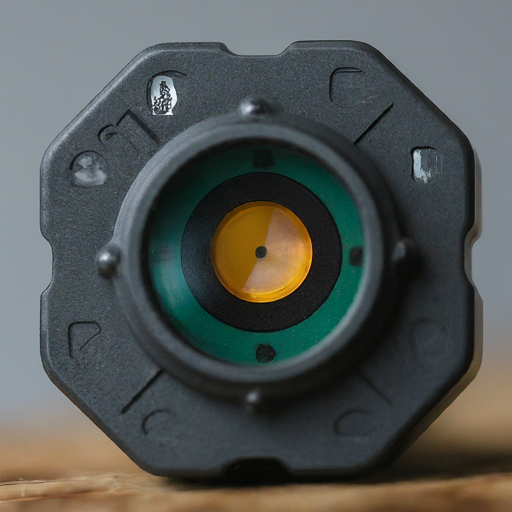Understanding Optical Position Sensors: Technology and Applications

Optical position sensors are pivotal in various high-precision applications across multiple industries. By leveraging light to detect and measure the position of objects, these sensors offer a unique blend of accuracy, reliability, and speed. This article delves into the technology behind optical position sensors, their advantages, and their diverse applications.
What is an Optical Position Sensor?
An optical position sensor is a device that uses light to detect the position of an object. It typically comprises an emitter, which generates light, and a detector, which receives the light and converts it into an electrical signal. The sensor measures the position based on the amount of light that is either reflected or obstructed by the object being monitored.
How Optical Position Sensors Work
Optical position sensors function using several core principles:
-
Light Emission and Detection: The sensor emits light, usually infrared, visible, or laser light. This light travels through a medium and interacts with the object whose position is to be measured.
-
Reflection or Transmission: The sensor detects the light that is reflected off the object or transmitted through it. Changes in the light's intensity or angle indicate variations in the object's position.
-
Signal Processing: The detected light is converted into an electrical signal by the sensor's receiver. This signal is then processed to determine the object's precise position.
Types of Optical Position Sensors
Several types of optical position sensors are available, each suited for different applications:
-
Laser Displacement Sensors: These sensors use laser beams to measure the distance between the sensor and an object. They offer high accuracy and are used in precision applications like manufacturing and automation.
-
Optical Encoders: Optical encoders use light to track rotational position and speed. They are commonly used in robotics and motion control systems.
-
Optical Proximity Sensors: These sensors detect the presence of an object within a certain range by measuring the reflection of emitted light. They are widely used in consumer electronics and automotive systems.
Advantages of Optical Position Sensors
-
High Accuracy: Optical position sensors offer high-resolution measurements, making them ideal for applications requiring precise positioning.
-
Non-Contact Measurement: These sensors do not require physical contact with the object, reducing wear and tear and making them suitable for delicate or moving objects.
-
Speed and Responsiveness: Optical sensors provide fast response times, which is essential for dynamic applications like robotics and real-time monitoring systems.
-
Versatility: They can be used in various environments, including harsh conditions, as they are less affected by temperature, pressure, and electromagnetic interference compared to other sensor types.
Applications of Optical Position Sensors
-
Industrial Automation: In manufacturing, optical position sensors are used for quality control, alignment, and automation tasks, ensuring precise operation of machinery and production lines.
-
Robotics: Optical encoders and displacement sensors are crucial in robotics for accurate movement and positioning, enabling robots to perform complex tasks with high precision.
-
Consumer Electronics: Optical proximity sensors are used in smartphones and tablets for screen rotation, touchless interactions, and proximity detection.
-
Automotive: In the automotive industry, optical sensors are used for parking assistance, collision avoidance systems, and adaptive cruise control.
-
Medical Equipment: Optical position sensors are employed in medical devices for accurate measurement and control in diagnostic and therapeutic equipment.
Conclusion
Optical position sensors represent a significant advancement in sensor technology, offering unparalleled accuracy, speed, and versatility. Their ability to perform non-contact measurements makes them invaluable in various fields, from industrial automation to consumer electronics. As technology continues to evolve, the role of optical position sensors in enabling precision and efficiency across diverse applications is set to expand further.
- Industry
- Art
- Causes
- Crafts
- Dance
- Drinks
- Film
- Fitness
- Food
- Juegos
- Gardening
- Health
- Home
- Literature
- Music
- Networking
- Other
- Party
- Religion
- Shopping
- Sports
- Theater
- Wellness
- News


